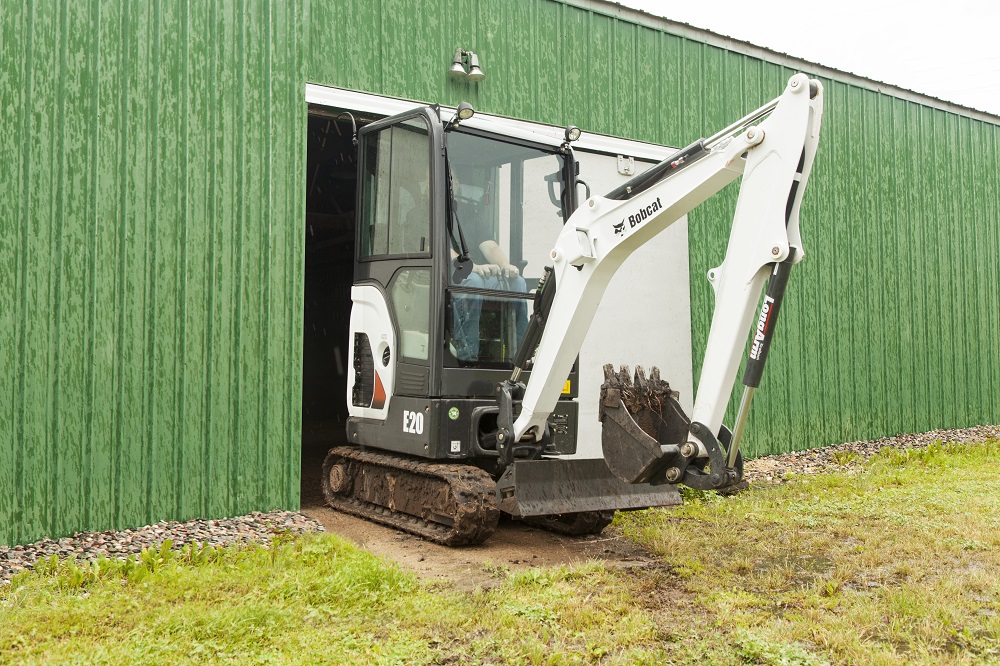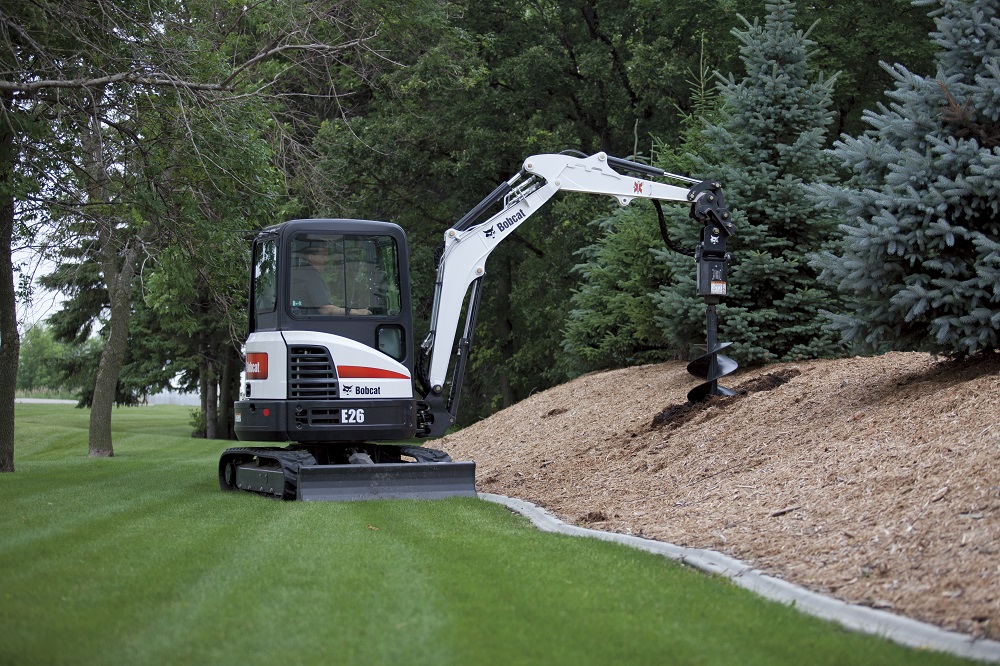Investing in a compact excavator is a decision you should not take lightly. This type of equipment is not cheap, so you might need to make a lot of considerations before buying one for your company.
That said, once you obtain a compact excavator, you must do everything you can to make the most of your investment. One of the best ways to ensure that your equipment lasts a long time is to keep it well-maintained at all times. Here is how you can keep your excavator in tip-top condition:
Initial Oil and Filter Change
You can maintain the proper function of your compact excavator’s engine, track motors, hydraulic system, and air filter by changing its oil and filter. Doing this will help with the screening out of dirt, combustion contaminants, and carbon deposits from your engine, which could lead to unnecessary wear and tear.
According to experts, you should perform an initial oil and filter change after 500 hours of using your new compact excavator. There are many tutorials available online that allow you to do the maintenance yourself. However, you can always ask a professional to do the job.
Monitor Engine and Hydraulic Oil Levels
Aside from the routine maintenance you do every time your equipment reaches a milestone, you need to make daily checks. One of the things you should do before using your compact excavator for the day is to check its engine and hydraulic oil levels.
This task should be a priority whenever you need your equipment on the worksite. Checking these levels daily can help you make sure that your compact excavator always performs well on the job.
Check Water and Fuel Separator
Another thing you need to do before using your equipment is check for the presence of water in the fuel. You can achieve this by looking at your equipment’s water and fuel separator.
Inside your compact excavator’s hatch, you will find a component that has a red ring inside. This is your water and fuel separator. It filters water and other contaminants in your fuel tank or line that may enter your engine and damage it.
The red ring inside your separator tells you how much water is in your fuel tank. Once it rises to a certain level, you might be risking damage to your engine and should consider draining your separator. Then, replace the screen that acts as the separator’s filter.

Lubricate Pivot Points
Your compact excavator has different joints or pivot points that need to be maintained as well. To ensure that each pivot point performs as intended, you need to lubricate it properly before use. Doing so will provide the joints with enough movement to complete tasks around the job site.
Moreover, you need to pay extra attention to these pivot points when using your compact excavator in water. Make sure to apply lubricant to your equipment’s pivot points generously to protect it from water damage.
Adjust Track Tension
If you use your equipment frequently, you should always check its track. Having loose tracks on your compact excavator can lead to poor maneuverability. You also have a higher risk of de-tracking, where your machine’s track comes off the idler and drive sprocket.
On the other hand, having your track too tight can also cause damage. You may experience premature wear and tear and even damage other components of your compact excavator. If not addressed immediately, you may have to deal with unnecessary downtime and expensive repairs.
Make the most out of your investment by taking care of your compact excavator properly. For more information on how you can maintain your equipment, contact us today at CMI Equipment.



